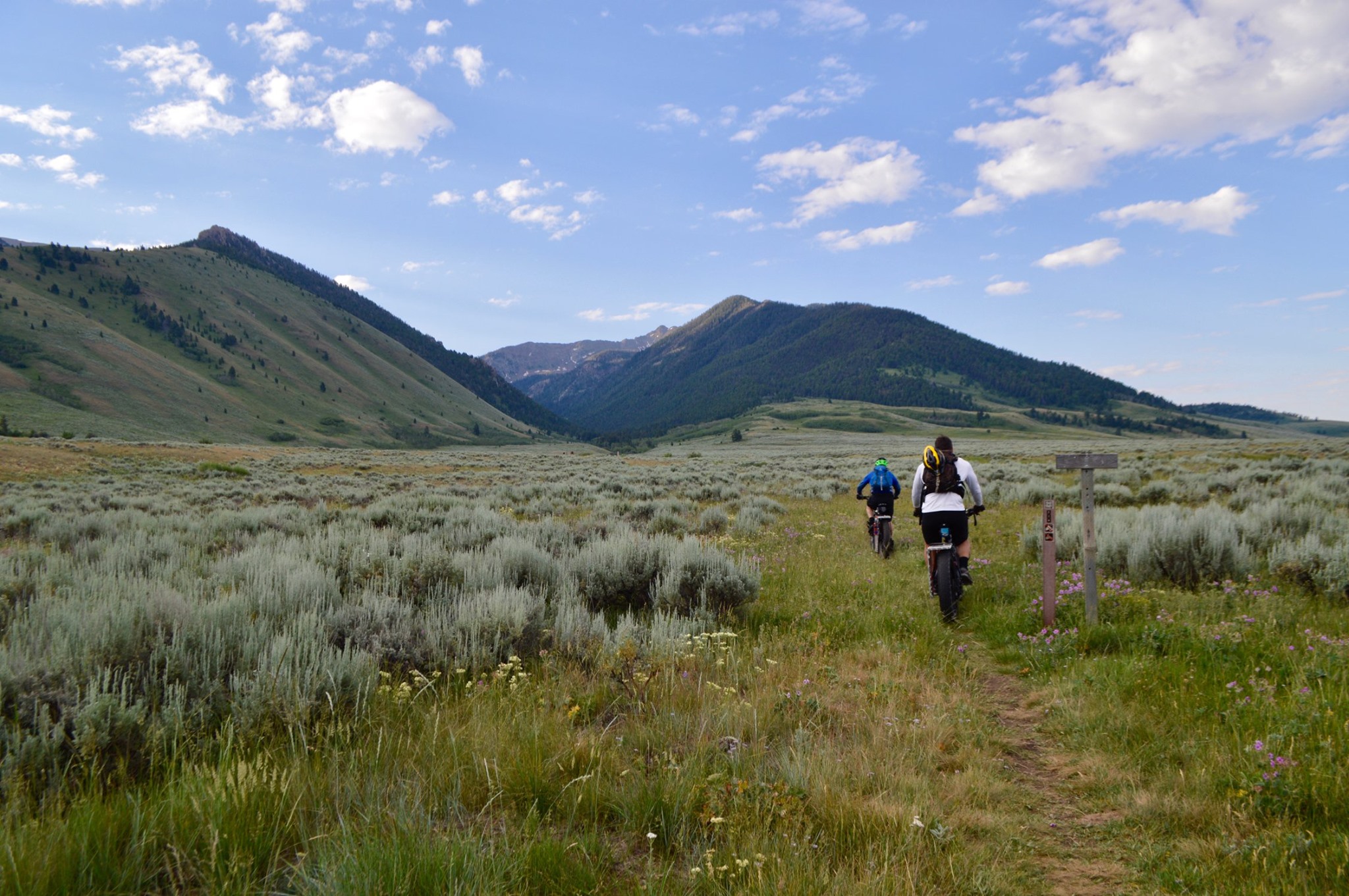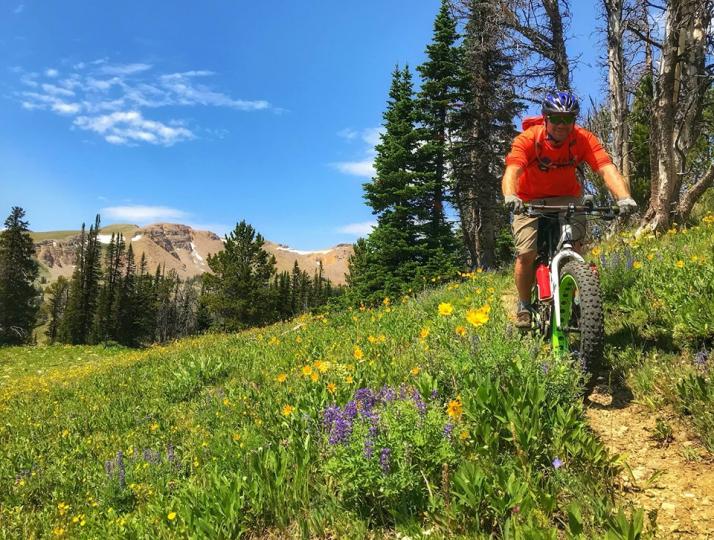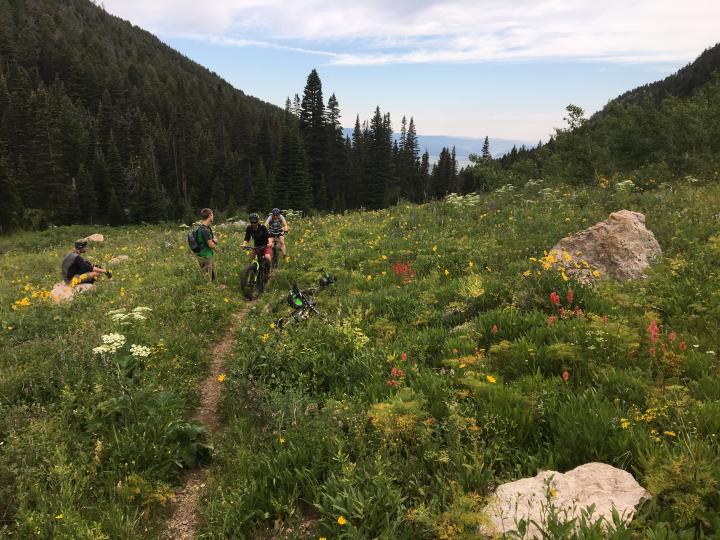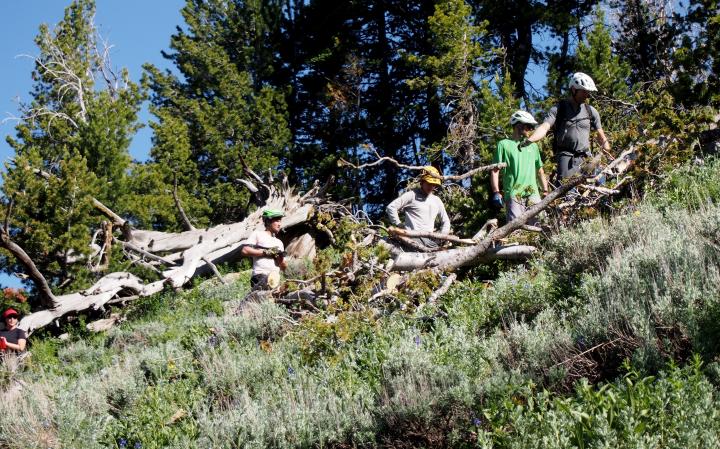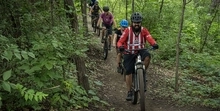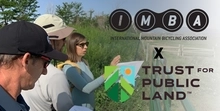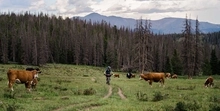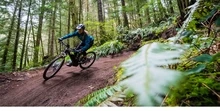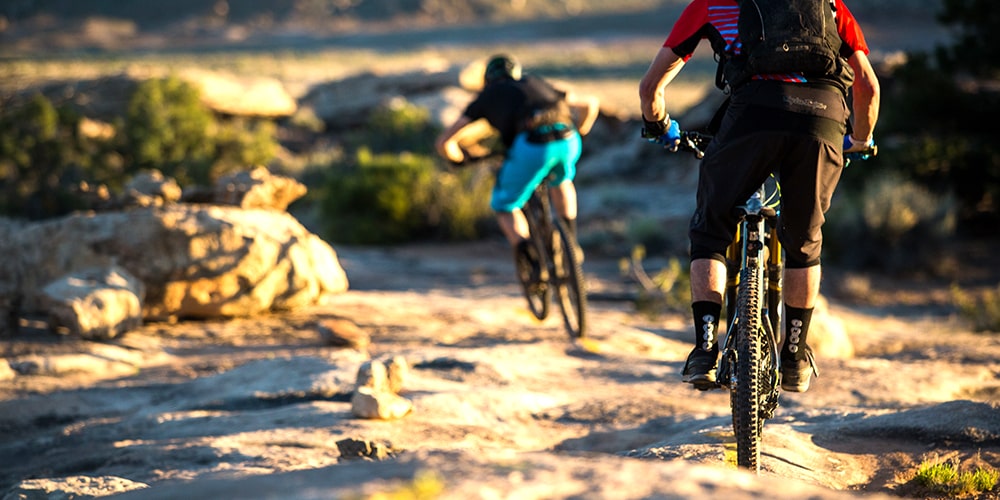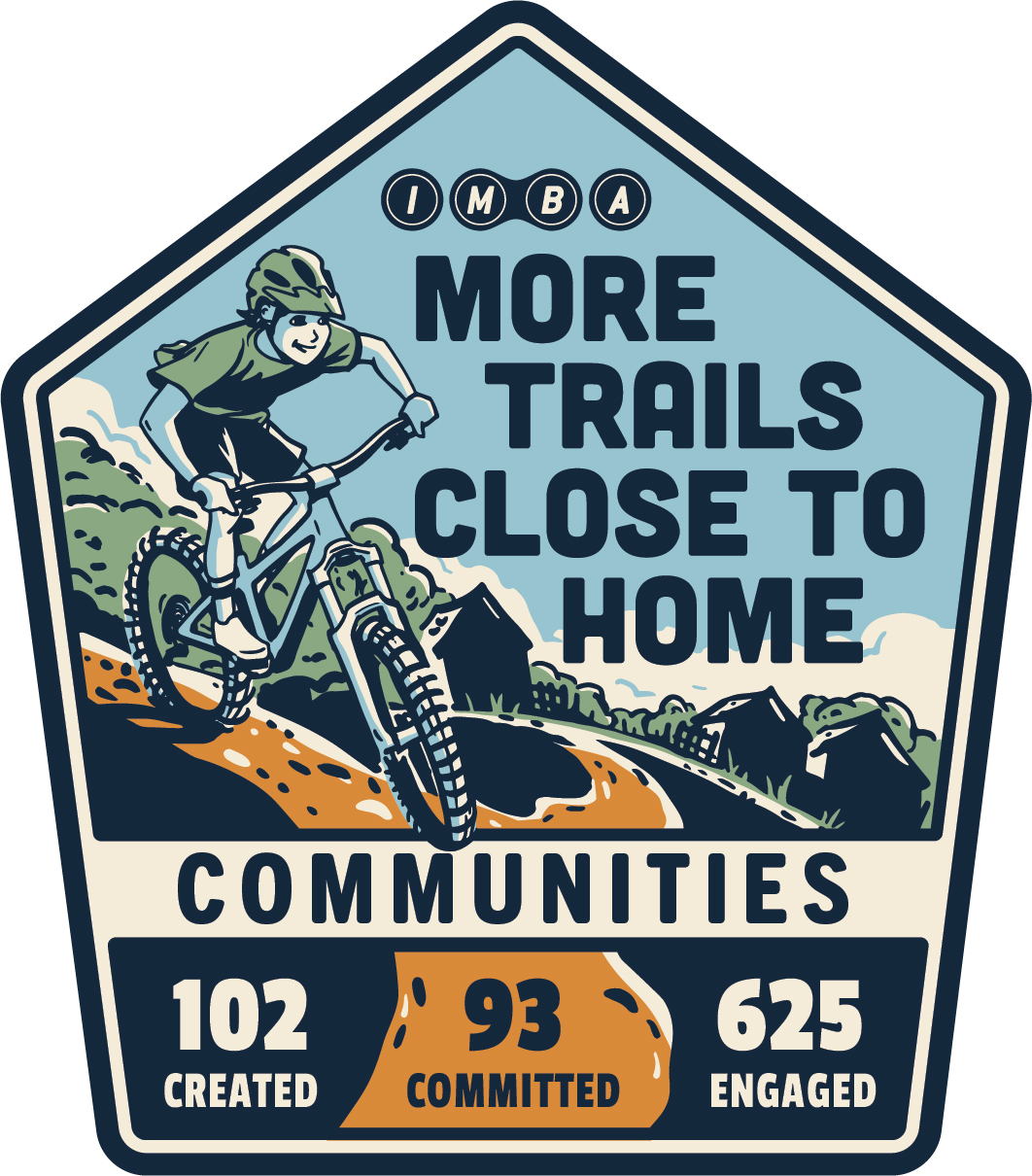Passing a Bill for Mountain Bikers
Backcountry mountain biking in the Lionhead area of southwest Montana’s Custer Gallatin National Forest boasts some of the best high elevation backcountry riding in country. These public lands are admired nationally as a haven for wild, remote outdoor experiences, and have been cherished and maintained by locals for years, thanks to the leadership of IMBA Local association Southwest Montana Mountain Bike Alliance (SWMMBA).
The U.S. Forest Service recently released a draft forest plan for the Custer Gallatin National Forest, and the public has the opportunity to comment on the plan until June 6, 2019. The draft plan aims to mitigate impacts a rapidly growing area population could have on the wild character of the forest, protect the environment in a changing climate, and preserve the Greater Yellowstone Ecosystem.
The current draft plan includes the Lionhead area as Recommended Wilderness, meaning some of the best high elevation backcountry riding in the country would be closed to mountain bikes. Alternative land management designations exist to protect the landscape while maintaining bike access. IMBA, SWMMBA and Outdoor Alliance are advocating for these alternatives, and you can help by sending a comment to the Forest Service.
Comments from mountain bikers should consider recommending a non-motorized Backcountry Area designation for the Lionhead, rather than Recommended Wilderness. A Backcountry Area will protect the landscape while continuing to allow mountain bike access. Mountain bikers value these wild, remote experiences and are dedicated to preserving the character of the area, as demonstrated by the thousands of hours of volunteer trail work riders have devoted to the Lionhead over the past several years.
Additionally, there are some undeveloped areas of the Custer Gallatin valued for mountain biking and other recreation that require more flexible management than Recommended Wilderness. IMBA continues to advocate for reform to management of Recommended Wilderness and Wilderness Study Areas so mountain bikes are not excluded from these areas, and other land management designations exist to protect the landscape while maintaining bike access. In addition to the Lionhead, we support a non-motorized Backcountry Area designation to preserve the Porcupine-Buffalo Horn and West Pine areas as they are now, including access for mountain biking.
The Custer Gallatin is home to some of the most amazing recreation in the country, and a successful forest plan should represent a diversity of uses among our Outdoor Alliance partners and other stakeholders. In addition to rugged, wild rides in the Lionhead, the Custer Gallatin includes world-class ice climbing in Hyalite Canyon; backcountry skiing, mountaineering, backpacking in the Absaroka-Beartooth and Lee Metcalf Wilderness areas, and paddling that draw people from across the country; and excellent rock climbing. These activities all contribute $223 million to the local economy.
IMBA has been engaged in the Custer Gallatin since 2010, working closely with IMBA Local association SWMMBA since the forest planning process began in January 2016. SWMMBA is a partner in the Gallatin Forest Partnership, representing mountain bikers in a diverse group of stakeholders who share a direct connection to the Custer Gallatin. You can read more about SWMMBA’s perspective on the draft plan here and Outdoor Alliance's analysis of the draft plan here.
Thank you for being an awesome advocate!
